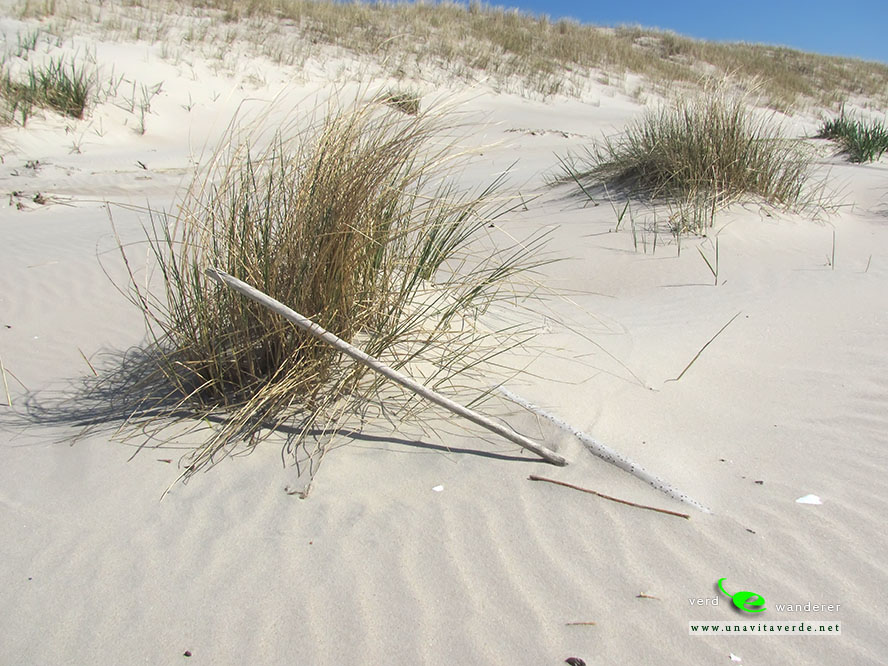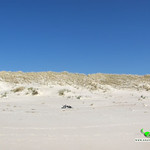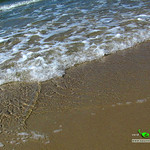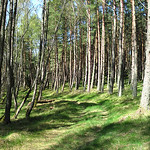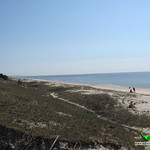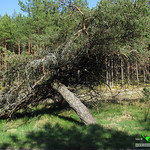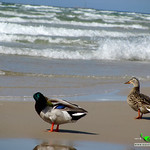Sands of the Curonian Spit. Klaipeda, Lithuania.
I was advised to visit these places in August. In August, it is usually the pink jellyfish season. They are harmless but very fun. If you find them this is usually an indication that the water in that area is pristine. The water in beaches very clean in the beaches compared to the harbour area.
It is really worth travelling a bit further down the spit. You can reach Juodkrante, it’s the first resort which is about 15 km away from the ferry if you are extreme cyclist. You can even rent bicycles in the old crossing, and take them with you. Just beside this beach there goes the good cycling track.
But there are wild flowers blooming everywhere and you will surely get a touch of the nature. You won’t see many dunes on the way, but you will see beautiful pine forests… Anyway in the bicycle case you can see more wild nature and even manage to find a private spot somewhere on the beach.
Photos taken on May, 7-8, 2017
The Curonian Spit is a unique and vulnerable, sandy and wooded cultural landscape on a coastal spit which features small Curonian lagoon settlements. The Spit was formed by the sea, wind and human activity and continues to be shaped by them. Rich with an abundance of unique natural and cultural features, it has retained its social and cultural importance. Local communities adapted to the changes in the natural environment in order to survive. This interaction between humans and nature shaped the Curonian Spit cultural landscape.
The history of the Curonian Spit is dramatic: 5,000 years ago, a narrow peninsula (98 km in length and 0.4-3.8 km in width), the Great Dune Ridge separating the Baltic Sea from the Curonian Lagoon, was formed on moraine islands from sand transported by currents, and later covered by forest. After intensive logging in the 17th and 18th centuries, the dunes began moving towards the Curonian Lagoon, burying the oldest settlements. At the turn of the 19th century, it became evident that human habitation would no longer be possible in the area without immediate action. Dune stabilisation work began, and has continued ever since. By the end of the 19th century, a protective dune ridge was formed along the seashore to prevent inland sand migration, and the Great Dune Ridge was reinforced using trees and brushwood hedges. Currently, forests and sands dominate the Curonian Spit. Urbanised areas (eight small settlements) cover just about 6% of the land.
unesco.org
Curonian Spit 360 panorama

